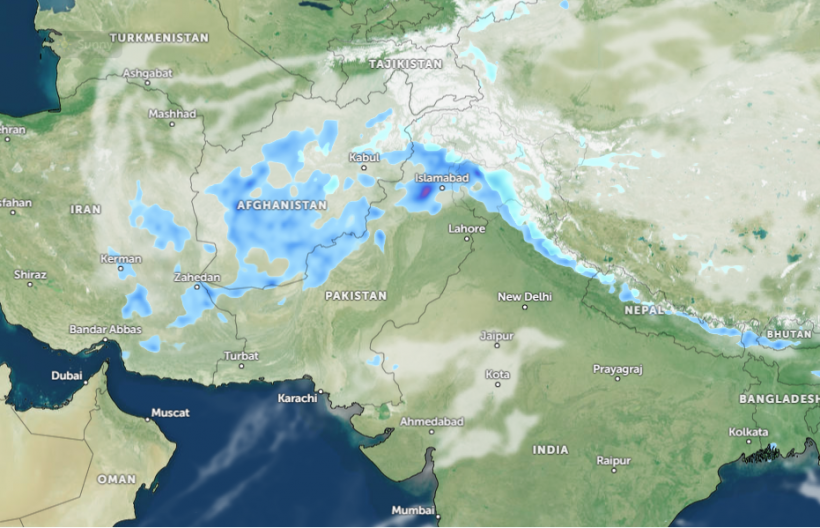Pakistan and Afghanistan's recent heavy rains resulted in over 100 deaths, according to recent weather reports. The regions have suffered from unseasonal rainfall, causing people to experience deadly flooding and flash flood risks.
Communities in low-lying areas become vulnerable to deadly flooding in the region due to heavy rounds of rain. The heavy rains can lead to the rapid rise of floodwaters, making people vulnerable to weather threats.
People in vulnerable areas are advised to stay updated on weather alerts, particularly for evacuation concerns. The heavy rains also flooded the streets of Peshawar in Pakistan, causing hazardous travel.
Weather Conditions in Pakistan and Afghanistan

The two countries are at risk of extreme weather conditions, including drought, heatwaves, and flooding rainfall. Climate change is one of the factors that exacerbates the extreme weather in the area. For instance, Afghanistan is also at risk of harsh winter conditions and cold waves. In 2023, the country suffered from a deadly earthquake, killing hundreds of people.
When the flooding rainfall unloaded in Afghanistan, the heavy rains helped trigger flooding concerns in 23 provinces in the region. It led to the injuries of 36 people and 66 deaths. The Ministry of Disaster Management announced that 600 animals died from the flooding and rainfall.
OCHA Afghanistan reported that 1,200 families and 63,000 acres of land could be affected. The agency is now assessing the overall damage of recent stormy conditions in Afghanistan, where poorer communities are mostly vulnerable.
In Pakistan, the country reeled from the heavy rain conditions in the region, particularly in Khyber Pakhtunkhwa. Balochistan recorded challenging weather conditions, partially damaging 1250 houses. Additionally, the country reported 170 destroyed houses.
Pakistan is vulnerable to the monsoon season from June through September, making it more vulnerable to extreme weather due to a spike in warming emissions. In a recent report, the country can experience high disaster risk due to exposure to internal conflict, quakes, coastal flooding, tropical cyclones, droughts, and heat waves.
With frequent climate extremes, effective weather prediction and preparations are crucial to saving communities from potential weather threats. The report highlights that climate change can significantly disrupt mitigation efforts in the country.
Also Read: Asia Pacific Losses US$65 Billion In Economy Due To Natural Disasters
Flooding Weather Preparedness in Pakistan and Afghanistan
The latest weather reports raised concerns about the fatalities and economic damage of extreme weather events in the regions, particularly for areas at risk of climate change. Homeowners should prepare disaster plans to stay safe from changing weather conditions.
Additionally, keeping emergency supplies is crucial for the country, especially when an evacuation happens. Small kits can come in handy when being evacuated. Homeowners should stay alert for the rapid rise of floodwaters.
Related Article: The 6 Deadliest and Most Destructive Earthquakes Since 1950
For more similar stories, don't forget to follow Nature World News.
© 2024 NatureWorldNews.com All rights reserved. Do not reproduce without permission.





